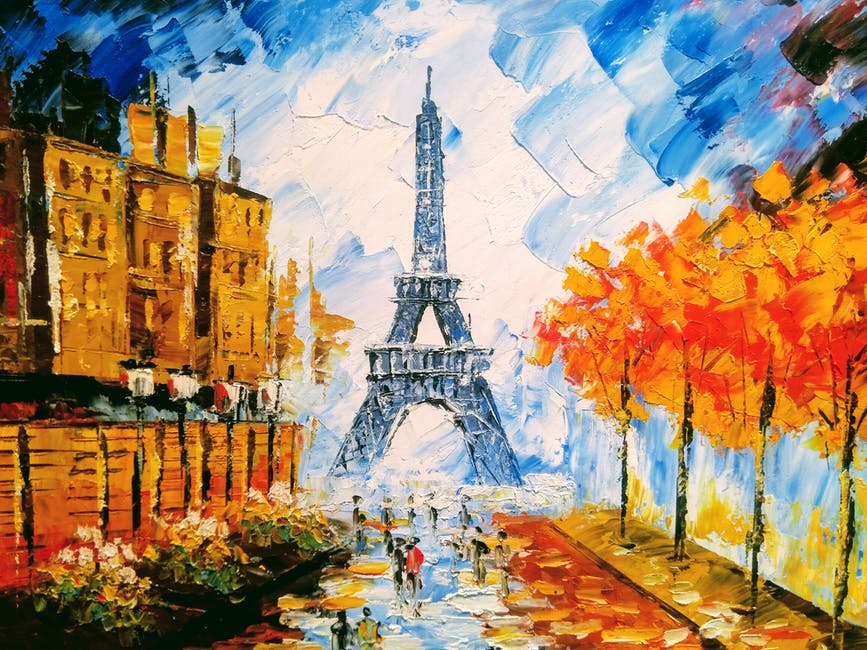
What is the best type of paint to use for your artwork? The two types used by professionals are oil and acrylics. In this blog post, we’ll go through the differences and hopefully give you an idea of which is better for you.
Oil paints have been around for hundreds of years and traditionally been the choice for serious painters. However, they do tend to discolour with age, something that acrylics don’t seem to do, although acrylics haven’t been around long enough for us to really know.
When it comes to colour, oil paints have more pigment in them, allowing richer, more vivid colours while acrylics darken slightly as they dry.
The main difference between oils and acrylics is drying time. Acrylic paint will dry within an hour, if not within fifteen minutes. Oil paints will stay wet for days or weeks, depending on the humidity and temperature.
Colour Richness – which Type Wins?
The drying time also influences other aspects of painting. Mixing acrylics is more difficult than mixing oils, simply because the acrylics are already beginning to dry. With oils you can mix colours for days on end, producing subtle colour variations that you won’t have time to make with acrylics.
You’ll also need to clean your brushes quickly after finishing painting with acrylics—wait too long and the bristles will be full of dried paint. On the other hand, clean-up with plain old water is a snap compared to oil paints, where you’ll need to use strong chemicals to clean your brushes and hands.
Which is Better For Novices?
Acrylic paint is known for its ability to experiment. Called mediums, these substances are mix-ins that allow acrylics to take on special properties that they wouldn’t otherwise. You can, for instance, incorporate mediums that make the paint really thick (for palette knife paintings) or ones that slow the drying time and make acrylics behave more like oils.
Oil paints don't have this same flexibility. So, if you like working in mixed media or have ever thought about experimenting with the viscosity of pigment, you'll want to go with acrylic on this one.
Though they look similar when squeezed out of a paint tube, there are fundamental differences in how the two paints are constructed.
Oils, in the art history sense, are classic. They were first developed in the 12th century and were used to create some of the most iconic paintings in history. While timeless, they require a little more work to clean and maintain; they are not compatible with water, and so to thin or clean them, you'll have to use turpentine or white spirit.
Acrylics, on the other hand, are much newer. They were first made commercially available in the 1950s. Unlike oils, you don't need any special chemicals to thin acrylics—just water will do. This aspect makes them great for novices.
Hopefully, we’ve given you an idea of what type of painting is best for you and you’re able to make your works of art that much more specular.

Leave a comment